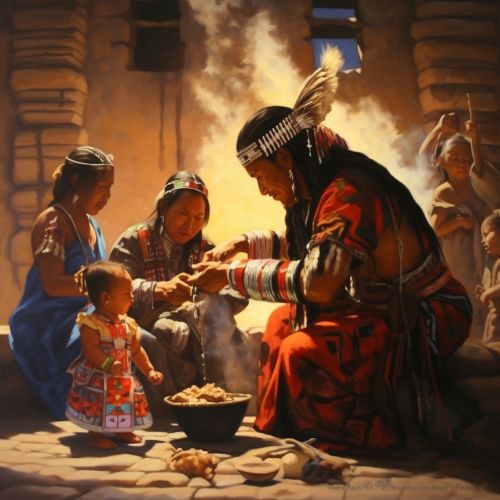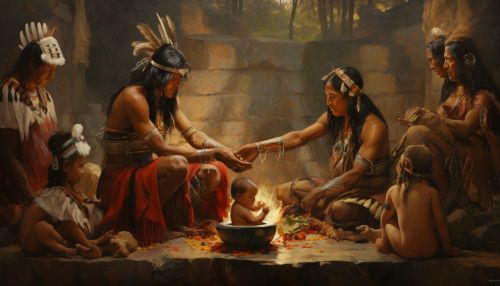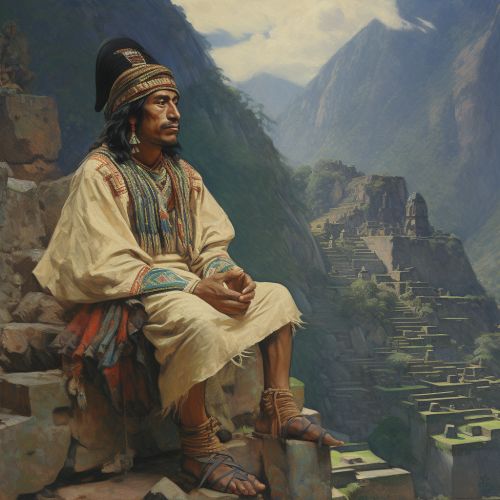Pachacuti
Early Life
Pachacuti was born in the early 15th century, in the heart of the Inca civilization, in what is now modern-day Peru. His father was the ninth Sapa Inca, Viracocha Inca, who ruled the empire from 1410 to 1438. Pachacuti's early life was marked by rigorous training in the arts of war, diplomacy, and governance, preparing him for his future role as the leader of the Inca Empire.


Ascension to Power
Pachacuti came to power in 1438, following a successful defense against the invading Chanca people. Despite his father and older brother fleeing the capital city of Cusco, Pachacuti rallied the remaining forces and successfully repelled the Chanca. Following this victory, Pachacuti was crowned as the new Sapa Inca, marking the beginning of his reign.
Reign and Achievements
Pachacuti's reign was marked by significant expansion and consolidation of the Inca Empire. He implemented a series of administrative reforms, including the establishment of a centralized bureaucracy, the division of the empire into four provinces, and the creation of a system of roads and bridges known as the Inca road system. Pachacuti also initiated the construction of many of the empire's most famous architectural works, including the city of Machu Picchu.


Death and Legacy
Pachacuti died in 1471, leaving behind a significantly larger and more organized empire than the one he inherited. His reforms laid the groundwork for the continued expansion of the Inca Empire under his successors. Today, Pachacuti is remembered as one of the most important figures in Inca history, and his legacy continues to shape the cultural and historical understanding of this ancient civilization.
